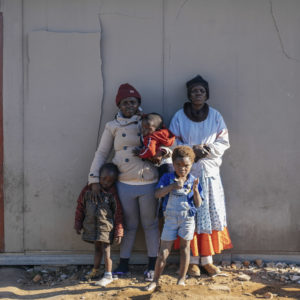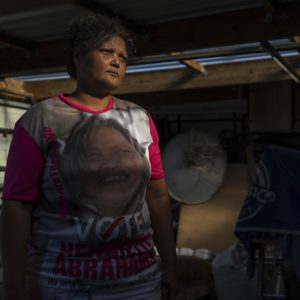Bleak Christmas looms for former freedom fighters
Problems ranging from asthma-causing black mould to faeces floating up toilets plague houses recently built for military veterans in Cape Town.
Author:
29 November 2021

Scarred by years of fighting the apartheid army, former Azanian National Liberation Army (Azanla) fighter Louisa Sijaji now has to live in a mouldy house which, though relatively new, has a dysfunctional toilet too.
She said though her toilet sometimes works normally, there are times where it just fills to the brim with faeces when she flushes it. This specific problem affects many of her fellow residents in a new military-veterans housing estate in Belhar, Cape Town.
“I’m a veteran for God’s sake! I fought. I have scars because I have been beaten by Jimmy Kruger’s thugs; but today I am sitting in this shit! I deserve better than this house,” Sijaji said, before breaking down in tears.
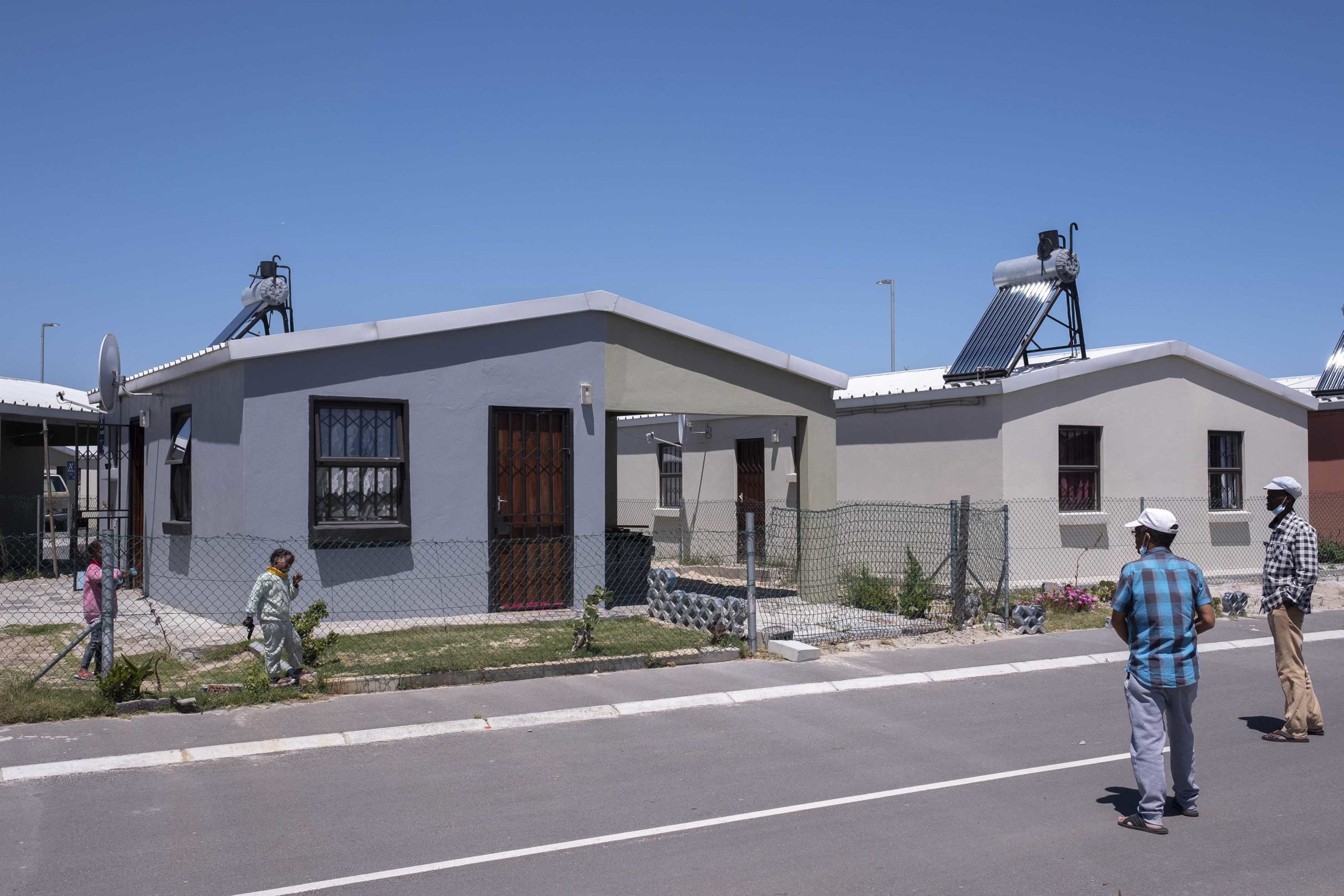
In 2018, Sijaji was allocated a home in a new military veterans’ housing estate of 102 houses built for the government by Calgro M3, a private construction company. The houses have many faults, the residents say.
Sijaji has since been elected secretary of the military veterans’ village committee, and they aim to have the houses rebuilt.
‘Developer of choice’
Long vertical and horizontal cracks showed up in the walls of their new homes shortly after the veterans moved in. Today, the houses still have cracks and are damp in parts. Black mould, which can cause asthma, has collected on the walls.
Calgro M3 describes itself as the “developer of choice”, and a builder of “the highest quality” homes. But village resident Max Ntanyana disputes this, pointing to the many defects in the houses he and other veterans occupy.
He adds that the poorly constructed homes are yet another glaring example of the failure of the privatised-housing model used by both the ANC and DA, where contracts are dished out to private companies who allegedly skimp on building materials and quality.
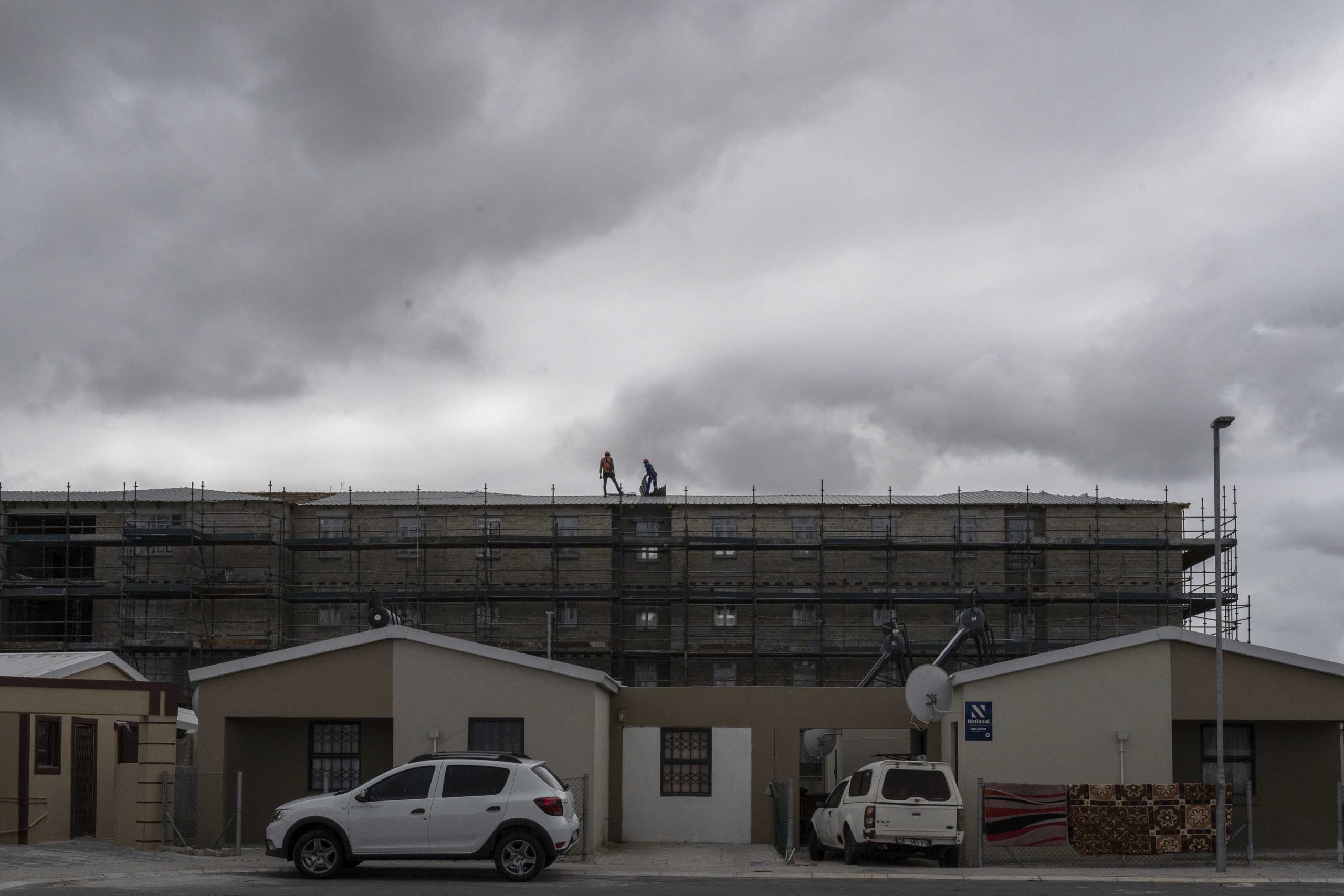
To illustrate his point, he points to some large buildings that are being constructed mere metres away from the military veterans’ village – a 2 720-bedroom student residence being built for the University of the Western Cape by Calgro M3.
“Calgro M3 seems to get government tenders to build houses and accommodation all over Cape Town. Yet, as you can see, these houses are falling to pieces around us. There is no oversight of this company,” said Ntanyana.
A fungi invasion
One bedroom wall in Ntanyana’s house is covered in black mould. Rainwater routinely seeps into the houses through door frames. Ntanyana and other veterans say Calgro M3 came back twice after hearing their complaints to “rectify” the damage. But they only plastered over the cracks and mould which soon reappeared.
Sijaji said her house is so damp that her feet feel wet whenever she puts them down without shoes.
Peter Jacobs, also a resident at the veterans’ village, points to a toddler sleeping in a bedroom in his house – on the wall above her head is an infestation of the black mould.
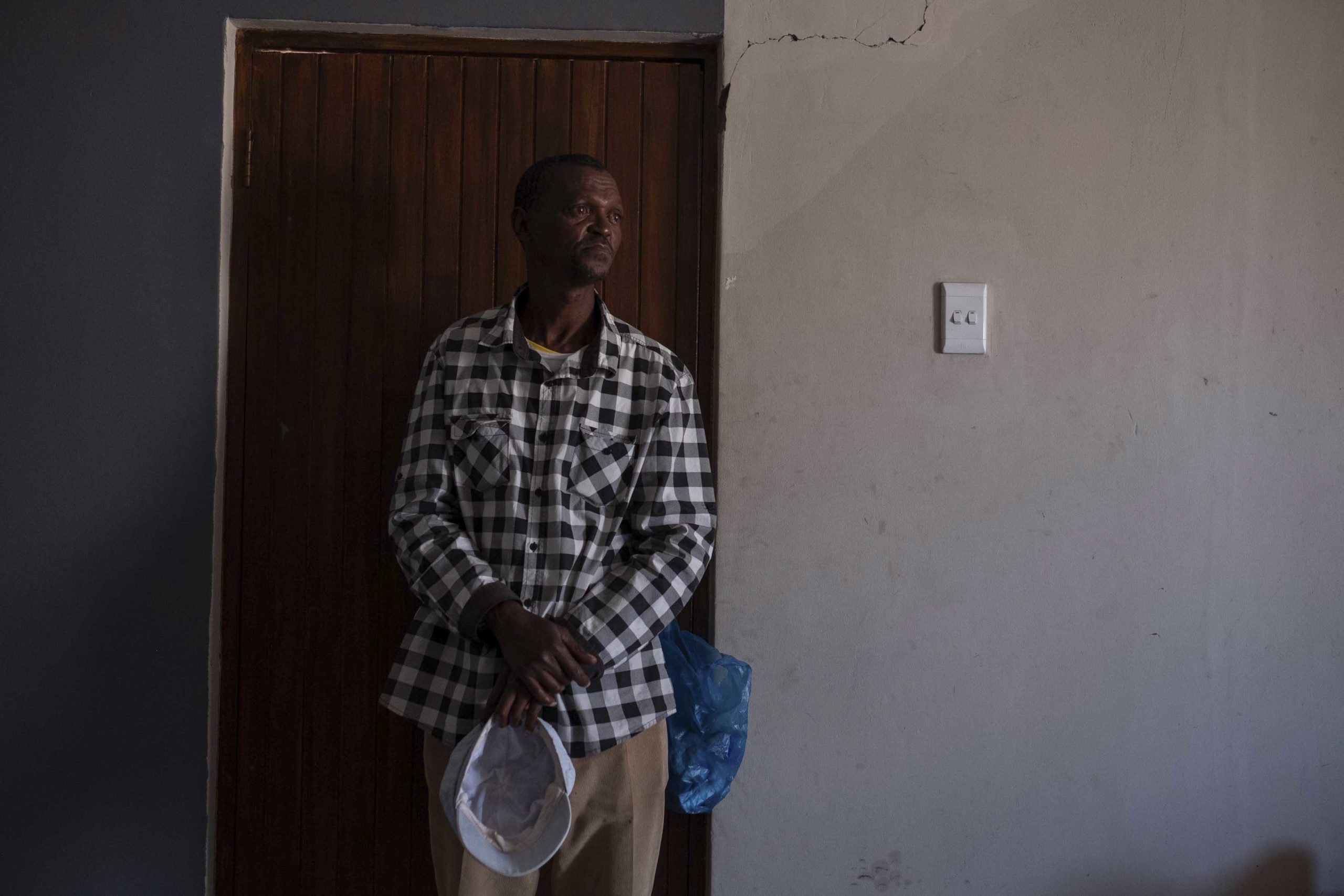
It does not end there.
“When you open your wardrobe, your suit is covered in fungus. We must live with our heaters on 24 hours per day in winter, which is expensive and also does not solve the mould problem,” said Jacobs.
In summer, residents say the mould continues even when windows are kept open all day and night. Water that collects on the damp walls is seen streaming down into plug points.
Sibusiso Diu is another homeowner whose bedroom walls are constantly wet, with black mould collecting in the corners.
“I am so very disappointed in our houses. Look at how my bathroom is leaking,” he said, pointing to the floor where water seeps in through the wall.
Small and faulty
The veterans say they were told that their houses would be 50m2, which is 10m2 larger than a new RDP house. However, they say the houses they ended up occupying are 37m2.
“We are really disrespected by the government. My bedroom is like a toy cupboard for Cyril Ramaphosa’s kids. I feel like I would rather go back to Khayelitsha and stay in my shack,” Jacobs said.
Sijaji complained about the size of the houses too and wondered how the money was spent. “When the government started this project, the cost of an RDP house was R103 000 and then the department of military veterans topped up that amount to R188 000 to build these two-bedroom houses. But we don’t see where the money has been spent,” she said.
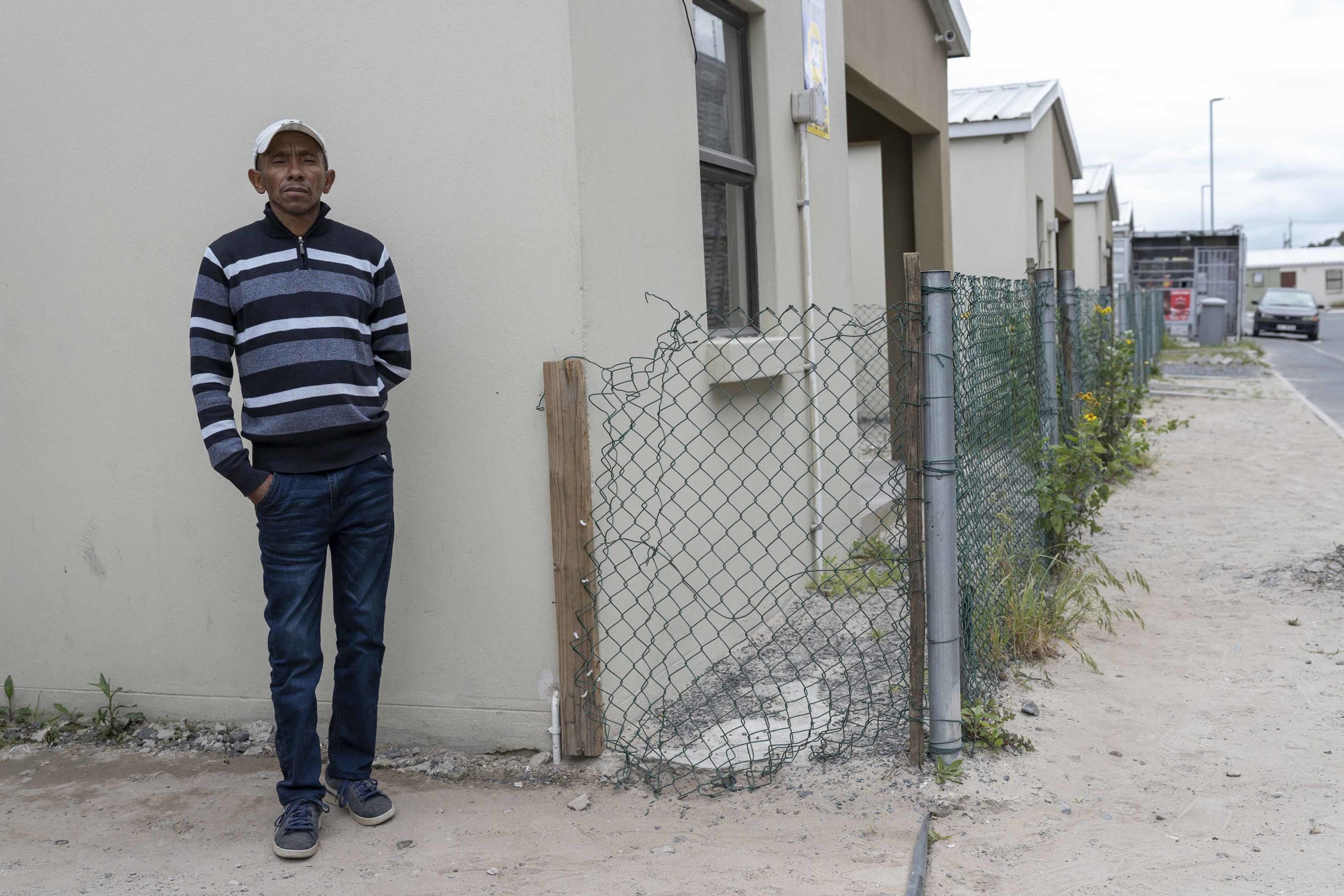
Former Umkhonto weSizwe fighter Basil Mtungane, the chairperson of the committee, said: “The first time that we entered these houses we discovered they were small. The houses have no foundations, and were built on concrete slabs, which is why they aren’t waterproof.
“When there is a power failure, the sewage system stops working and shit comes up into the toilet. It stays like that until the municipality sends someone to turn it back on. We fought for the freedom of this land but we are being treated like pigs.”
The veterans were members of Azanian People’s Liberation Army, Azanla, Umkhonto weSizwe, the Transkei Defence Force and even the apartheid regime’s South African Defence Force. But they say their different political backgrounds are irrelevant.
“We are all together. We are brothers and sisters here. We don’t want anyone to come and divide us,” said Jacobs, adding that they have finally secured places in local schools for their children. The village is also next to the Unibell railway station, which is a convenience they would not want to do without.
Denial of responsibility
According to Calgro M3, there is only one defective house in the village and they are waiting for the department of human settlements to sign off on repairs to it.
Calgro M3 executive director Wayne Williams said Cape Town houses often become mouldy if residents do not ventilate them.
“We differ with the opinion that the houses in question were very poorly built. There are settlement cracks in the houses which occur once the foundations of a house have settled. This is normal and is ‘slight’ in nature – a term used for non-structural cracks in houses,” said Williams, adding that this has been confirmed by the National Home Builders Regulation Council (NHBRC), further claiming that it said cracks could be remedied if the home owners carried out proper maintenance.
However, the 10 March 2021 NHBRC report did not support this claim. What it stated is that a forensic engineering investigation by BSP Consulting Engineers identified numerous areas of “non-compliance” by the builders.
Related article:
While many cracks were “very slight and related to lack of maintenance”, the cracks “manifest at high-stress concentrations. These defects require structural repair”, said the report.
The damp walls are a result of builders failing to install “block-ventilation bricks and, more likely, [from] the lack of proper sealant around the window frames, or even the poor installation of the windows…
“The findings of the forensic engineering have to be addressed without further delay or the defects will lead to major structural defects… The competent person, if not complying, will be escalated to the Engineering Council of South Africa. This statutory body regulates professional engineers,” stated the report.
When asked what Calgro M3 would do to rectify the situation, Williams said they were awaiting instructions from the government.
Related article:
Sijaji said the government has accepted that the houses are of poor quality. On 10 November, the village committee met with officials from the human settlements department and the Western Cape department of military veterans, who said workers would arrive on 1 December to fix the first batch of 15 houses. She said the officials conceded that many cracks were a result of poor workmanship.
“The government officials told us that Calgro M3 has agreed to take responsibility. Calgro saying our mould problems come from not opening windows is nonsense! They are not honest!” said Sijaji.
Marcellino Martin, the spokesperson for the Western Cape human settlements department, acknowledged questions sent on 7 November but failed to respond.
More problems
The veterans also said that Calgro M3 threatened to bulldoze a vegetable garden that Catholic priest and anti-apartheid icon Father Michael Lapsley helped the residents establish on land near their houses.
Ntanyana volunteers at Lapsley’s The Institute for the Healing of Memories, which brings veterans from different forces together to discuss their painful experiences under apartheid.
“Father Michael himself gave us manure and fruit trees to plant a communal garden outside because we have been squeezed into a small space inside. But Calgro M3 sent someone to say they will bulldoze this garden because they own that land and they plan to build there. Our fear is that they plan to squeeze more houses into this tiny space, right next to us,” said Ntanyana.
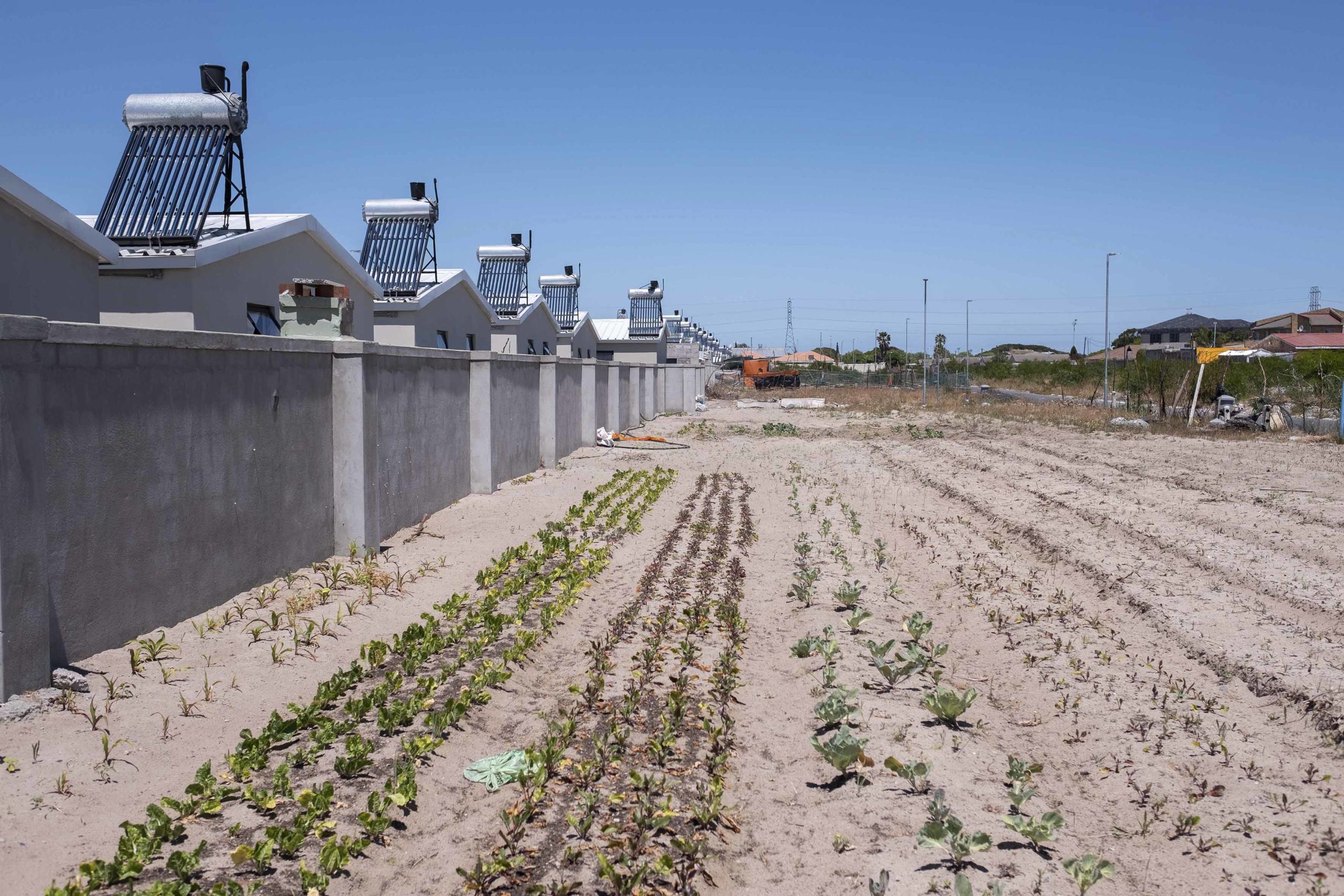
Williams said that it is untrue that Calgro M3 squeezed more houses than it should have onto the land.
He said the company planned to build free-standing houses to sell for R1 295 000 and upwards where the vegetable garden was.
“No Calgro member has ever threatened a resident of the area or threatened to bulldoze their agricultural patches. We even went as far as taking the status of their crops at that stage into account when planning the notice period, and planned it so that they could harvest the crop before they had to relocate their activities. Calgro even went as far as levelling a piece of land close to the railway line adjacent to the military veterans’ houses for the owners of the patches to gradually move their agricultural activities to,” said Williams.
The department of military veterans had not responded to questions by the time of publication.

